The Lilies of Kenya’s Highlands
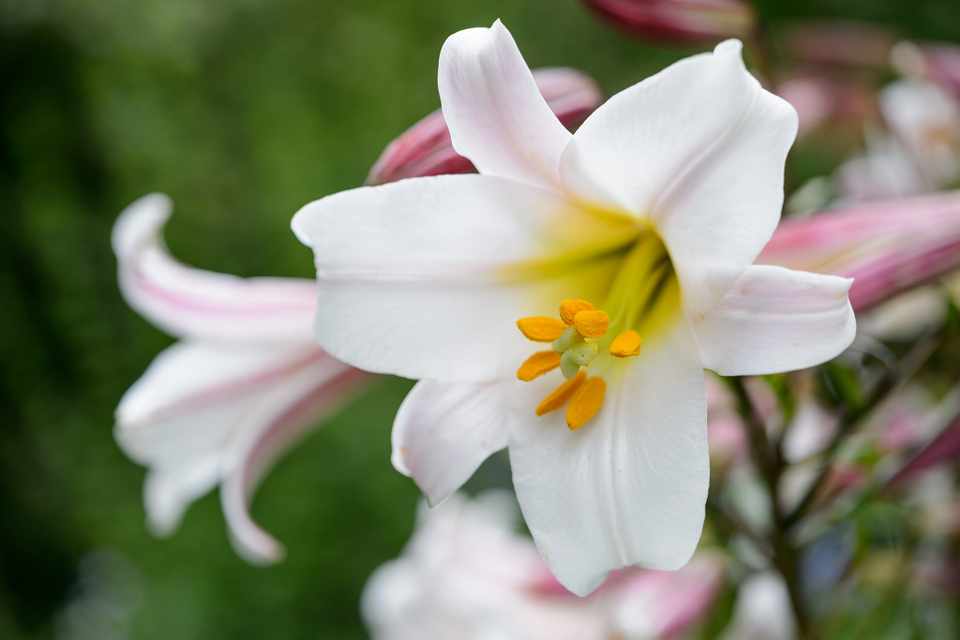
Photo Copyright: BBC Gardener's World
Lilies speak of beauty and all the noun entails. From their sweet fragrance to their elegant petal arrangements, they boast perfection. This attractiveness coupled with their high yields is what led to their introduction in the central regions of Kenya. In the early 1970s, when commercial production of flowers was approved in Kenya, lilies were ranked 4th in the Dutch flower auction. They were in demand and Kenya was keen to play a part in their supply.
There are three kinds of lilies that grow in Kenya. Easter lilies are white trumpet-shaped flowers with a sweet perfume. Oriental lilies are heavily scented and are primarily white, deep red, purple or pink. Asiatic lilies have no fragrance and tend to be smaller in diameter than the Oriental variety. They come in brilliant shades of gold, orange, rose, pink yellow or white and have smooth petals.
Between 1978 and 1993, United States Agency for International Development (USAID) undertook research in Kiambu on the possible introduction of new flower breeds. Thika and Tigoni’s placement in the Kenyan highlands made them ideal to act as trial areas. Lilies were among several flowers such as roses, orchids, gladioli and carnations with potential in Kenya. However, most of these flower crops had foreseeable complications with production and logistics. Lilies and gladioli emerged favourites and had the highest marketing potential.
A year after the research began, the USAID team carried out 8 on-farm trials for optimal length based on light intensity within the two areas. Two years later, they increased to 21 trials in scattered areas within the greater highland region of Kenya. At this point, Asiatic and Oriental lilies were also imported for evaluation. One thing remained clear in the end: lilies grow best in the areas with well-drained loamy soils and those with sand-loam soils. In 1994, USAID and the Mid-American Consortium (MAIC) introduced Easter lilies of the Snow Queen and Magie Blanche varieties to Kenya.
If you want to venture into lilies, there is great potential. They are grown from bulbs, which are exposed to cold, moist treatment for up to 60 days. During this time, one must disinfect the soil set aside for planting. It is important to ensure that once the planting process begins, the lilies are grown on raised beds maintaining a 50% shade net over them. Drip irrigation is recommended to keep the flowers healthy. Harvesting can occur as soon as you notice the development of the first flower bud.
Lilies still rank fourth in the international flower market with Kenya’s exports being in high demand in European Union countries like Germany, France and the Netherlands. We also export cut flowers to Middle Eastern countries such as Oman and Qatar. These beauties makes us yet again, a land of #GreenGold.
- Photo Copyright: RosaPark Flowers
- Photo Copyright: BBC Gardener’s World

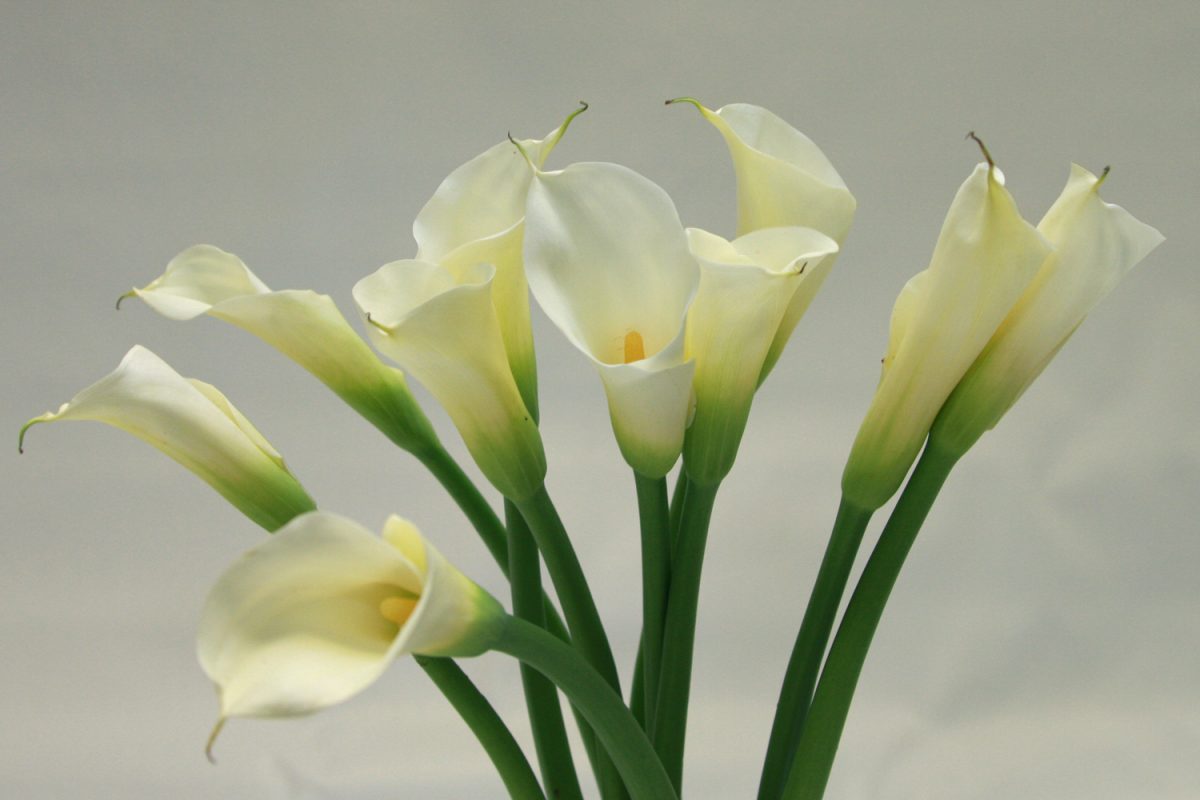
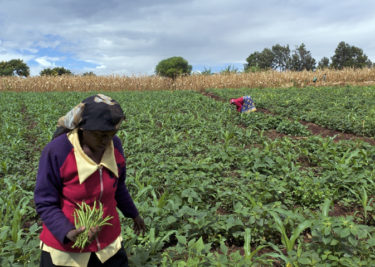
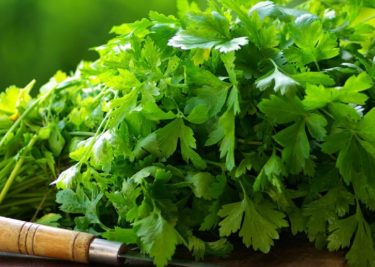
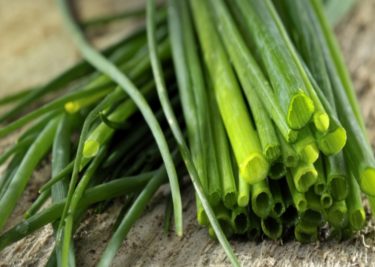
2 Comments
I wud like to know the prices for Oriental lillies ie tiger Lilly and Oriental lilly
Hello! This was a campaign on stories that discussed Kenya’s exports. We aren’t in the export or floriculture business.